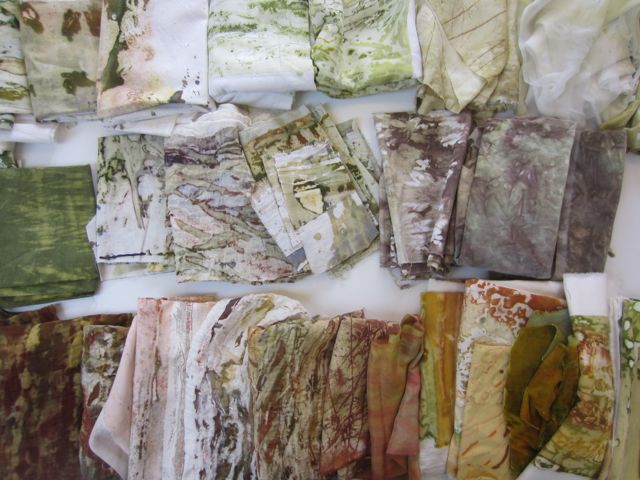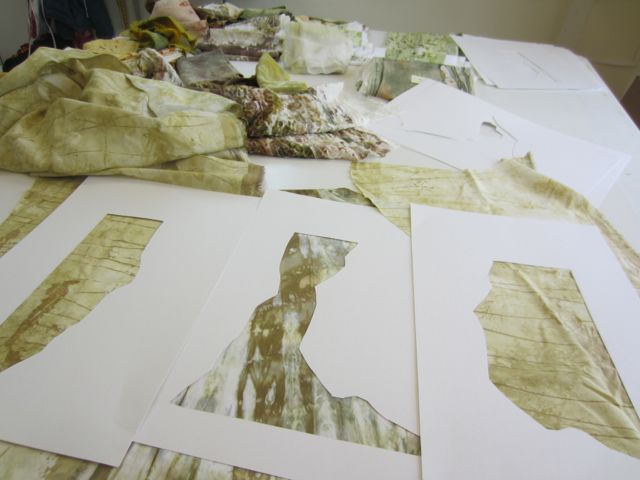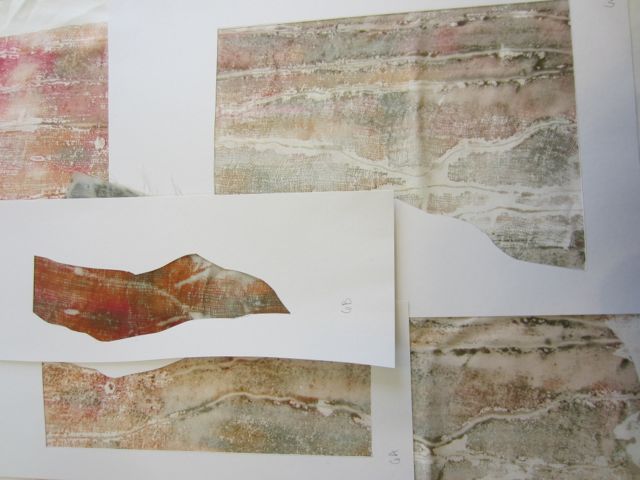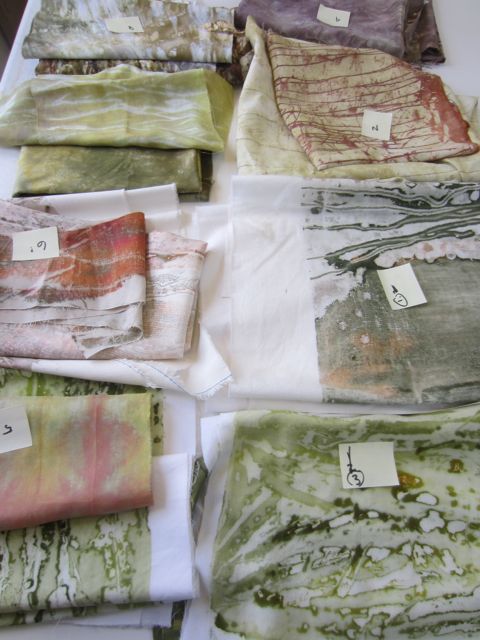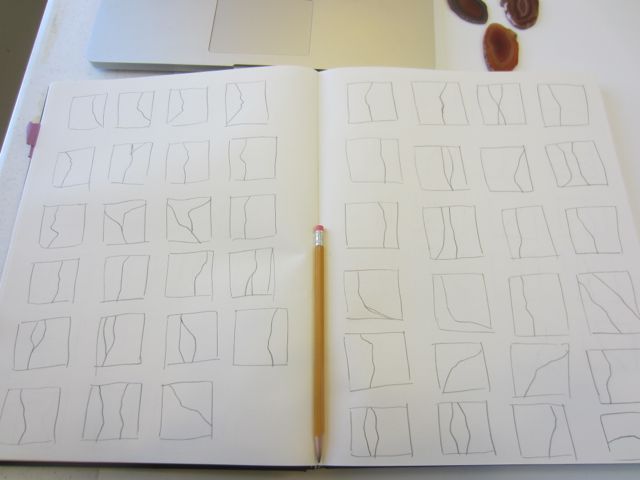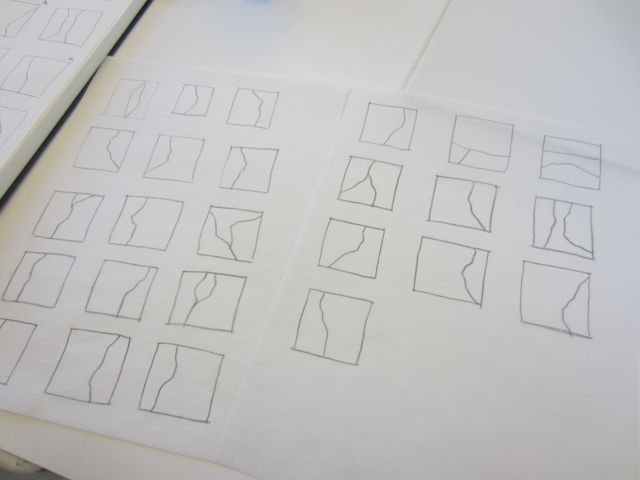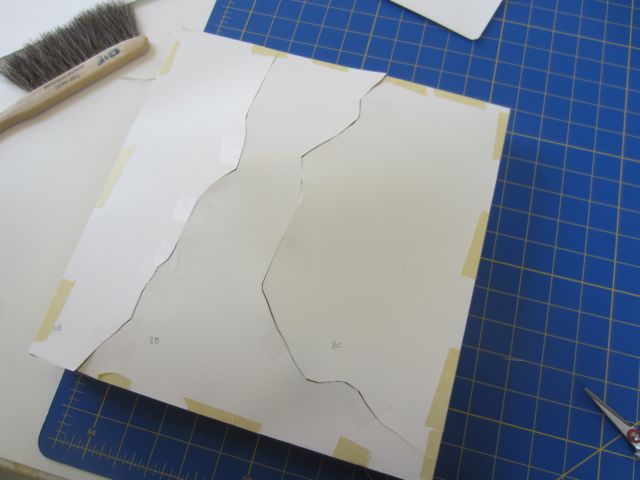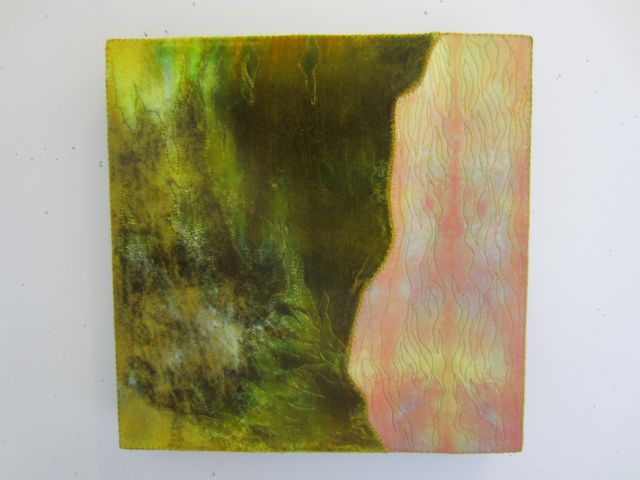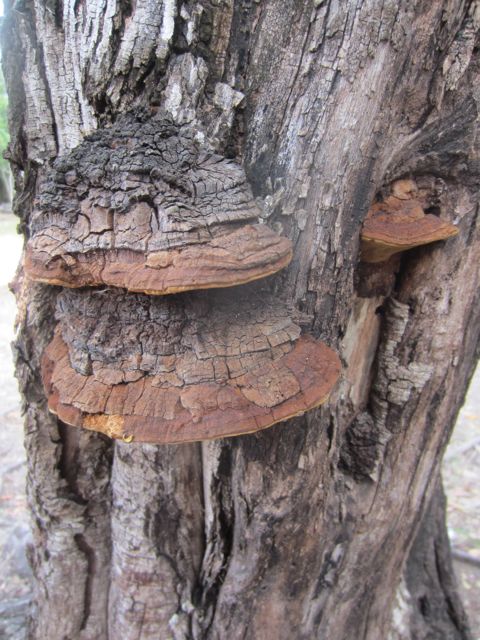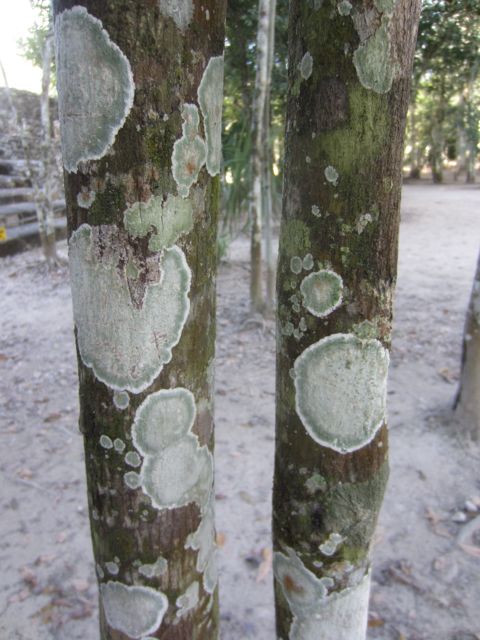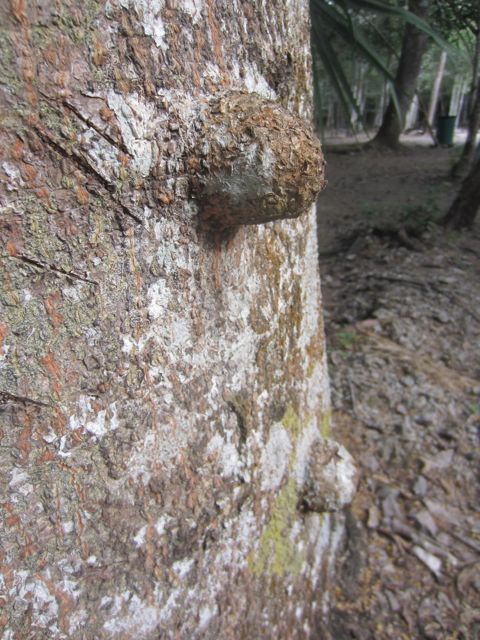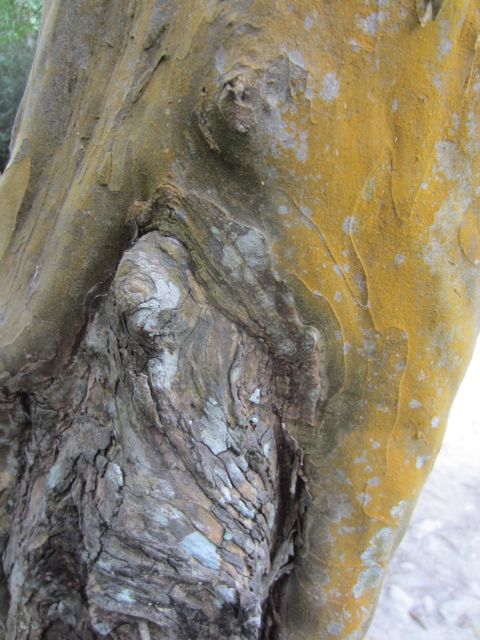
The ruins at Tulum
While we were in the Yucatan we visited three ancient sites: Tulum, Coba, and Chichen Itza. Although they are all Mayan ruins from approximately the same time period, they each had their own feel.
Tulum has the most dramatic location. It’s on a cliff overlooking the incredible blue of the Caribbean Sea. We got our fill of seeing iguanas, the equivalent of squirrels in the parks here. Although it is incredibly beautiful, the site is highly touristed and you’re not allowed to climb any of the ruins.
Coba is still being recovered from the jungle. We really enjoyed walking along the roads and seeing butterflies, army ants, and some beautiful trees. It’s the only ruin we visited where you can still climb. I’m afraid of heights but I still climbed the 120 steps to the top of Nohoch Mul. It was amazing to be so high above the top of the jungle. That experience really brought home the amazing technological feat of the building of these ruins. The society that built those was rich indeed.
Chichen Itza is the largest and best preserved ruin. It’s sheer size and the restoration of the site is mind-blowing. Unfortunately, the effects of tourism take away from the experience of being there. I can deal with crowds but the press of vendors at the site was off-putting. Still, it’s amazing to be in these places. They are impressive because of their age, their size, and their preservation.
Here are a few photos from each site.

we saw a lot of these guys at Tulum

Nohoch Mul pyramid at Coba

the view from the top of Nohoch Mul
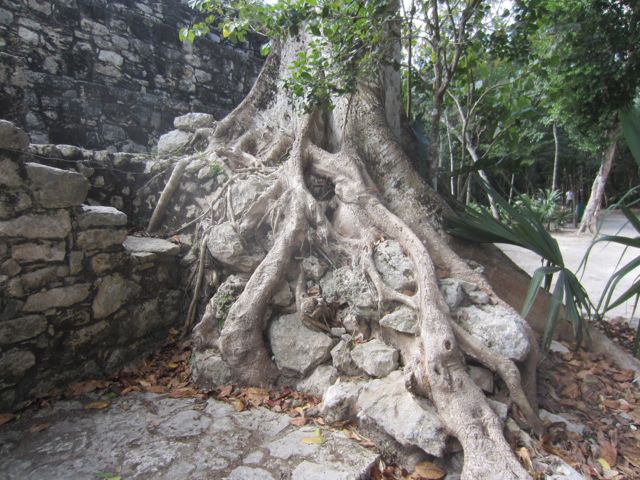
the jungle is still a part of Coba
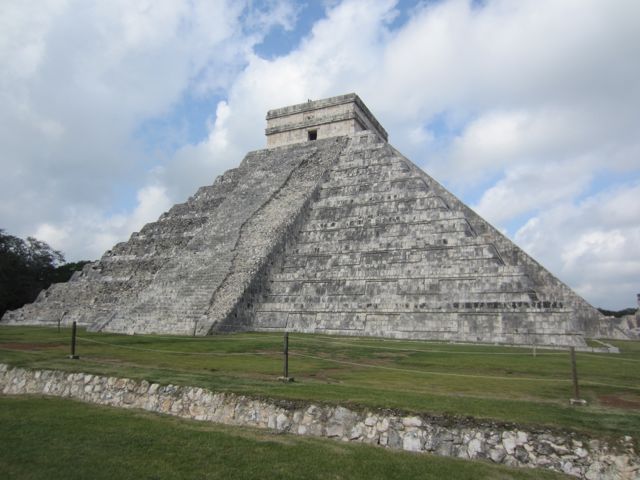
El Castillo at Chichen Itza

Columns in the Temple of a Thousand Warriors
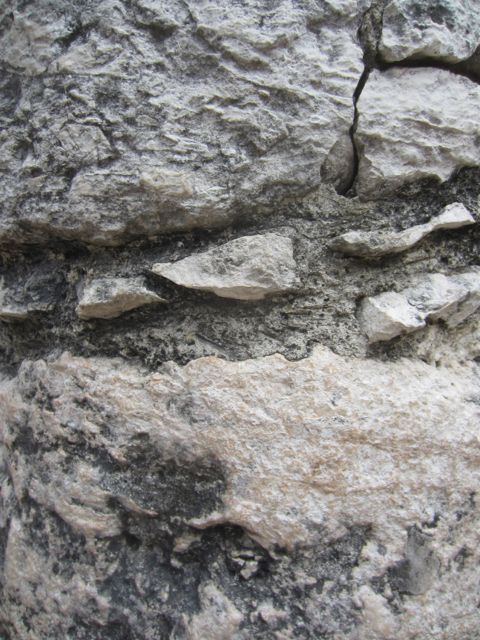
detail of a column
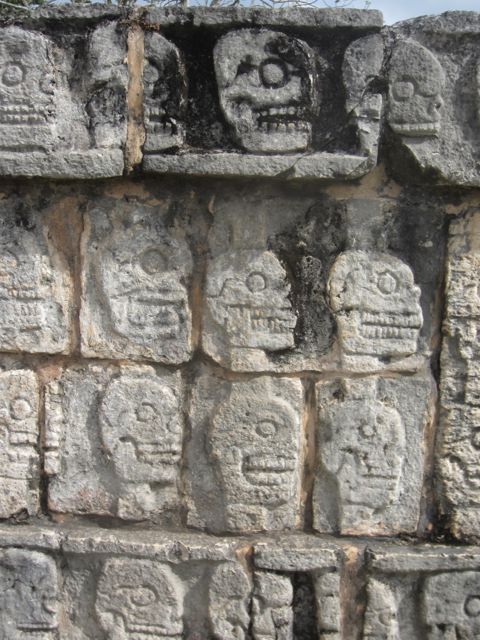
the Tzompantli or Skull Platform

mysterious ruins
